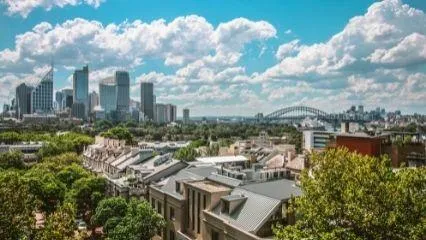Services >
Proper tree pruning is essential for maintaining the health, aesthetics, and safety of your trees. At GGC,s Hickory Tree and Landscaping Design, we offer comprehensive tree pruning services that are tailored to meet the specific needs of your trees and enhance the overall beauty of your property. Our team of skilled arborists utilizes industry-best practices and state-of-the-art equipment to deliver precise and professional pruning solutions. Explore our range of tree pruning services:

Services provided for ?
1. Crown Cleaning
Crown cleaning involves the removal of dead, diseased, or broken branches from the tree's crown. Our expert arborists will carefully inspect the tree, identify any hazardous or unsightly branches, and selectively remove them to improve the tree's health and appearance.
2. Crown Thinning
Crown thinning involves selectively removing branches within the crown to increase light penetration and airflow. Our skilled arborists will carefully assess the tree's structure and thin out branches strategically, reducing density without compromising the overall shape and integrity of the tree.
3. Crown Raising
Crown raising is the process of removing lower branches to provide clearance beneath the tree. Our arborists will assess the specific needs of your property, considering factors such as aesthetics, pedestrian access, and visibility, and raise the crown to the desired height while maintaining the tree's structural integrity.
4. Crown Reduction
Crown reduction is a technique used to reduce the overall size and height of the tree's crown. Our experienced arborists will selectively remove branches to achieve the desired size, ensuring that the tree maintains its natural shape and proportion. Crown reduction is beneficial for improving the tree's structure, preventing hazards, and accommodating for space limitations.
5. Vista Pruning
Vista pruning focuses on enhancing views by selectively pruning branches that obstruct sightlines. Our skilled arborists will carefully evaluate the landscape and strategically trim specific branches to optimize your property's vistas, allowing you to enjoy breathtaking views while preserving the health and aesthetics of the tree.
6. Structural Pruning
Structural pruning is crucial for young trees to develop a strong and healthy framework. Our knowledgeable arborists will assess the tree's growth patterns, remove competing branches, correct structural defects, and promote proper branch spacing, ensuring that your young tree grows into a sturdy and well-formed specimen.
7. Canopy Restoration
Canopy restoration is performed on mature trees that have experienced damage or decline. Our arborists will assess the tree's health, selectively prune damaged or weak branches, and restore the canopy to promote new growth, rejuvenate the tree, and extend its lifespan.
8. Fruit Tree Pruning
Fruit trees require specialized pruning techniques to maximize their productivity and health. Our expert arborists understand the specific needs of fruit trees, including optimal branch structure, light penetration, and fruit production. We will prune your fruit trees with precision, ensuring proper fruiting and long-term vitality.
9. Seasonal Pruning
Different trees have specific pruning requirements based on their growth patterns and flowering seasons. Our knowledgeable arborists will determine the most appropriate time for pruning based on the species and its specific needs. Whether it's winter pruning for deciduous trees or post-flowering pruning for flowering trees, we ensure optimal timing to promote healthy growth and abundant blooms.
10. Customized Pruning Solutions
At [Your Company Name], we understand that each tree is unique, and your specific requirements may go beyond standard pruning services. Our arborists are dedicated to providing customized pruning solutions that address your tree's individual needs and your aesthetic preferences. We will work closely with you to understand your goals and develop a personalized plan.
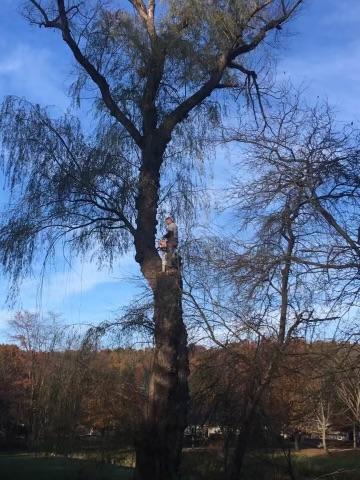
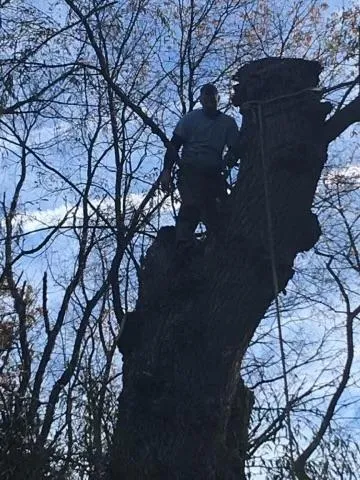
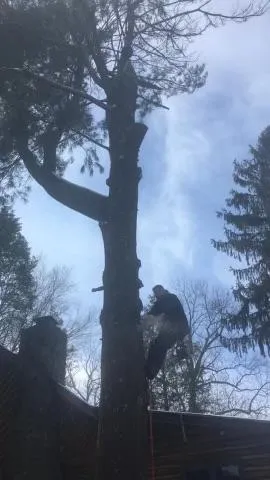
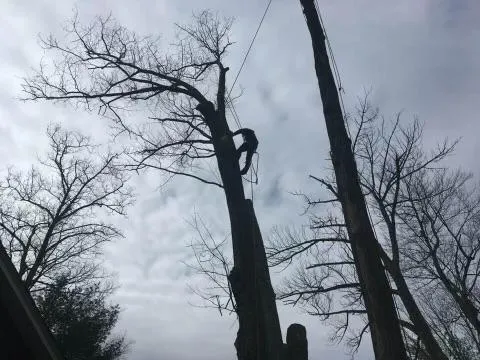
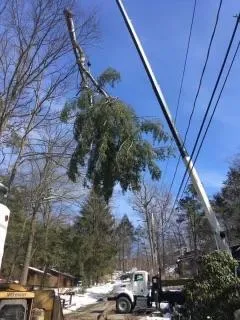
Benefits of
Having trees professionally pruned offers several benefits for their health, appearance, and overall well-being. Here are some key benefits of professional tree pruning:
Enhanced Tree Health: Proper pruning techniques, such as crown cleaning and thinning, remove dead, diseased, or damaged branches, reducing the risk of pests and diseases from spreading throughout the tree. Pruning also improves air circulation and light penetration, promoting the tree's overall health and vitality.
Improved Structural Integrity: Professional pruning helps shape the tree's structure by removing weak or poorly attached branches. This reduces the risk of branch failure and ensures that the tree develops a strong and balanced framework, making it more resilient to wind, storms, and other environmental stresses.
Increased Safety: Regular tree pruning eliminates hazardous branches that could pose a danger to people or property. By removing deadwood, crossing branches, or low-hanging limbs, the risk of falling branches and potential accidents is significantly reduced. Pruning also helps maintain proper clearance from structures, power lines, and pedestrian areas.
Aesthetic Appeal: Pruning enhances the visual appeal of trees, improving their shape, balance, and overall appearance. By selectively removing specific branches, tree canopy density can be adjusted, allowing more light to filter through and enhancing the tree's natural beauty. Proper pruning can also promote abundant flowering, fruiting, and colorful foliage.
Encouraged New Growth: Strategic pruning stimulates the growth of new branches and foliage. By removing certain branches, the tree's resources can be redirected to areas that require development, resulting in denser foliage, improved branching structure, and increased overall tree density.
View Preservation: Pruning can selectively remove branches that obstruct desirable views from your property, allowing you to enjoy scenic vistas while maintaining the health and aesthetics of the tree. Vista pruning is a common technique employed to optimize sightlines and enhance the beauty of your surroundings.
Long-Term Cost Savings: Regular professional pruning helps prevent potential issues and costly tree emergencies in the future. By addressing structural problems and removing hazardous branches early on, you can avoid property damage, utility line disruptions, and the need for extensive tree removals or treatments down the line.
Specialized Care for Specific Trees: Different tree species have unique pruning requirements. Hiring professional arborists ensures that your trees receive the specific care they need. They have the expertise to understand the growth habits, flowering patterns, and pruning techniques that are best suited for different types of trees, ensuring optimal results.
Expert Knowledge and Techniques: Professional tree care providers have in-depth knowledge of tree biology, pruning techniques, and industry best practices. They possess the necessary tools, equipment, and experience to execute pruning tasks safely and effectively, minimizing stress to the tree and maximizing the benefits of the pruning process.
Environmental Sustainability: Proper pruning contributes to the overall health and sustainability of the urban forest. By removing dead or diseased branches, trees can allocate resources more efficiently, reducing the risk of disease spread and enhancing their ability to withstand environmental challenges. Pruning also promotes tree longevity, preserving their ecological and aesthetic value for years to come.
By entrusting your tree pruning needs to professionals, you can ensure the well-being of your trees, maintain a safe environment, and enjoy the numerous benefits that properly pruned trees offer.

Services >
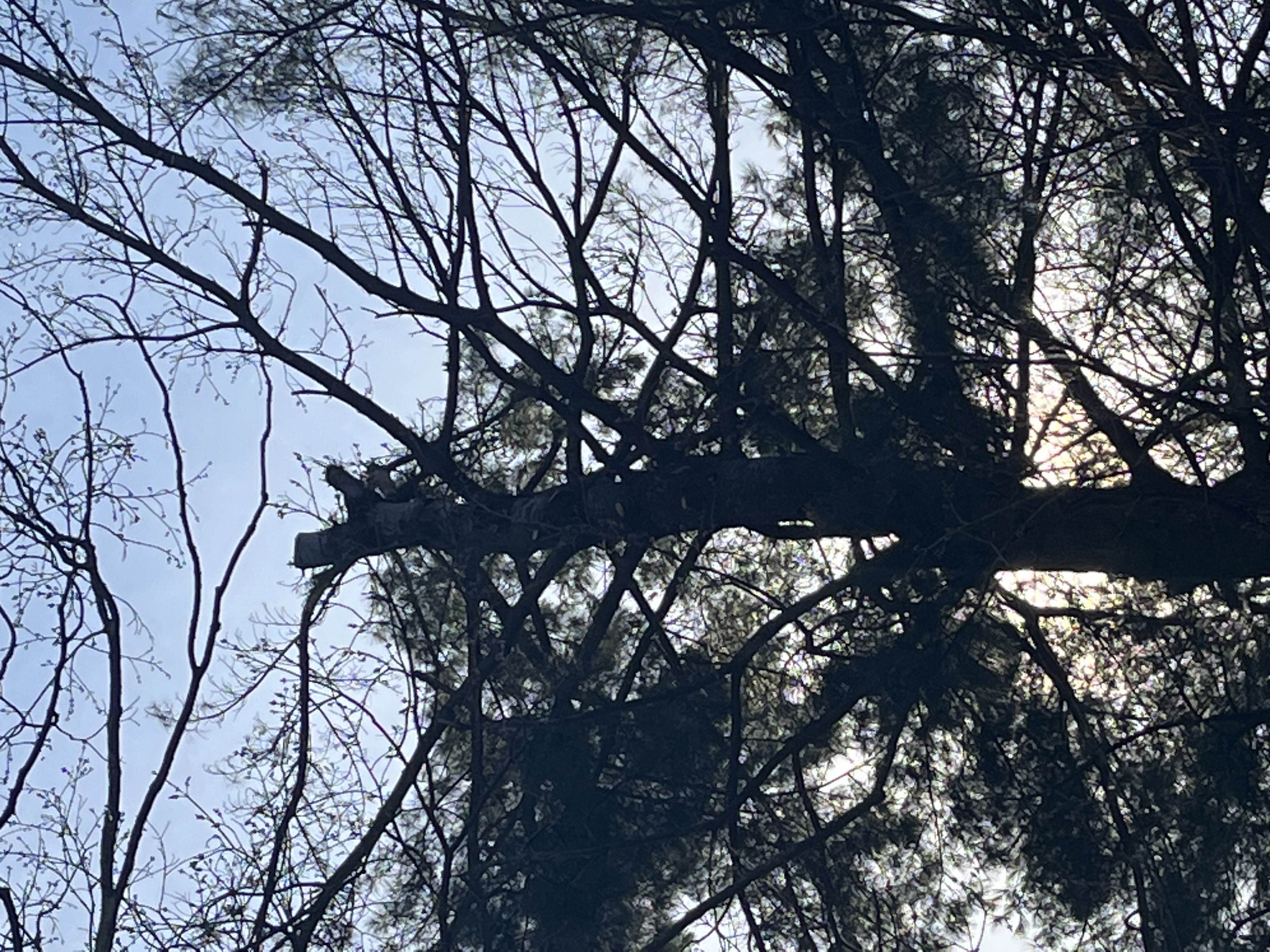
Proper tree pruning is essential for maintaining the health, aesthetics, and safety of your trees. At [Your Company Name], we offer comprehensive tree pruning services that are tailored to meet the specific needs of your trees and enhance the overall beauty of your property. Our team of skilled arborists utilizes industry-best practices and state-of-the-art equipment to deliver precise and professional pruning solutions. Explore our range of tree pruning services:
Services provided ?
1. Crown Cleaning
Crown cleaning involves the removal of dead, diseased, or broken branches from the tree's crown. Our expert arborists will carefully inspect the tree, identify any hazardous or unsightly branches, and selectively remove them to improve the tree's health and appearance.
2. Crown Thinning
Crown thinning involves selectively removing branches within the crown to increase light penetration and airflow. Our skilled arborists will carefully assess the tree's structure and thin out branches strategically, reducing density without compromising the overall shape and integrity of the tree.
3. Crown Raising
Crown raising is the process of removing lower branches to provide clearance beneath the tree. Our arborists will assess the specific needs of your property, considering factors such as aesthetics, pedestrian access, and visibility, and raise the crown to the desired height while maintaining the tree's structural integrity.
4. Crown Reduction
Crown reduction is a technique used to reduce the overall size and height of the tree's crown. Our experienced arborists will selectively remove branches to achieve the desired size, ensuring that the tree maintains its natural shape and proportion. Crown reduction is beneficial for improving the tree's structure, preventing hazards, and accommodating for space limitations.
5. Vista Pruning
Vista pruning focuses on enhancing views by selectively pruning branches that obstruct sightlines. Our skilled arborists will carefully evaluate the landscape and strategically trim specific branches to optimize your property's vistas, allowing you to enjoy breathtaking views while preserving the health and aesthetics of the tree.
6. Structural Pruning
Structural pruning is crucial for young trees to develop a strong and healthy framework. Our knowledgeable arborists will assess the tree's growth patterns, remove competing branches, correct structural defects, and promote proper branch spacing, ensuring that your young tree grows into a sturdy and well-formed specimen.
7. Canopy Restoration
Canopy restoration is performed on mature trees that have experienced damage or decline. Our arborists will assess the tree's health, selectively prune damaged or weak branches, and restore the canopy to promote new growth, rejuvenate the tree, and extend its lifespan.
8. Fruit Tree Pruning
Fruit trees require specialized pruning techniques to maximize their productivity and health. Our expert arborists understand the specific needs of fruit trees, including optimal branch structure, light penetration, and fruit production. We will prune your fruit trees with precision, ensuring proper fruiting and long-term vitality.
9. Seasonal Pruning
Different trees have specific pruning requirements based on their growth patterns and flowering seasons. Our knowledgeable arborists will determine the most appropriate time for pruning based on the species and its specific needs. Whether it's winter pruning for deciduous trees or post-flowering pruning for flowering trees, we ensure optimal timing to promote healthy growth and abundant blooms.
10. Customized Pruning Solutions
At [Your Company Name], we understand that each tree is unique, and your specific requirements may go beyond standard pruning services. Our arborists are dedicated to providing customized pruning solutions that address your tree's individual needs and your aesthetic preferences. We will work closely with you to understand your goals and develop a personalized plan.
Benefits of

Having trees professionally pruned offers several benefits for their health, appearance, and overall well-being. Here are some key benefits of professional tree pruning:
Enhanced Tree Health:
Proper pruning techniques, such as crown cleaning and thinning, remove dead, diseased, or damaged branches, reducing the risk of pests and diseases from spreading throughout the tree. Pruning also improves air circulation and light penetration, promoting the tree's overall health and vitality.
Improved Structural Integrity:
Professional pruning helps shape the tree's structure by removing weak or poorly attached branches. This reduces the risk of branch failure and ensures that the tree develops a strong and balanced framework, making it more resilient to wind, storms, and other environmental stresses.
Increased Safety:
Regular tree pruning eliminates hazardous branches that could pose a danger to people or property. By removing deadwood, crossing branches, or low-hanging limbs, the risk of falling branches and potential accidents is significantly reduced. Pruning also helps maintain proper clearance from structures, power lines, and pedestrian areas.
Aesthetic Appeal:
Pruning enhances the visual appeal of trees, improving their shape, balance, and overall appearance. By selectively removing specific branches, tree canopy density can be adjusted, allowing more light to filter through and enhancing the tree's natural beauty. Proper pruning can also promote abundant flowering, fruiting, and colorful foliage.
Encouraged New Growth:
Strategic pruning stimulates the growth of new branches and foliage. By removing certain branches, the tree's resources can be redirected to areas that require development, resulting in denser foliage, improved branching structure, and increased overall tree density.
View Preservation:
Pruning can selectively remove branches that obstruct desirable views from your property, allowing you to enjoy scenic vistas while maintaining the health and aesthetics of the tree. Vista pruning is a common technique employed to optimize sightlines and enhance the beauty of your surroundings.
Long-Term Cost Savings:
Regular professional pruning helps prevent potential issues and costly tree emergencies in the future. By addressing structural problems and removing hazardous branches early on, you can avoid property damage, utility line disruptions, and the need for extensive tree removals or treatments down the line.
Specialized Care for Specific Trees:
Different tree species have unique pruning requirements. Hiring professional arborists ensures that your trees receive the specific care they need. They have the expertise to understand the growth habits, flowering patterns, and pruning techniques that are best suited for different types of trees, ensuring optimal results.
Expert Knowledge and Techniques:
Professional tree care providers have in-depth knowledge of tree biology, pruning techniques, and industry best practices. They possess the necessary tools, equipment, and experience to execute pruning tasks safely and effectively, minimizing stress to the tree and maximizing the benefits of the pruning process.
Environmental Sustainability:
Proper pruning contributes to the overall health and sustainability of the urban forest. By removing dead or diseased branches, trees can allocate resources more efficiently, reducing the risk of disease spread and enhancing their ability to withstand environmental challenges. Pruning also promotes tree longevity, preserving their ecological and aesthetic value for years to come.
By entrusting your tree pruning needs to professionals, you can ensure the well-being of your trees, maintain a safe environment, and enjoy the numerous benefits that properly pruned trees offer.
Completed
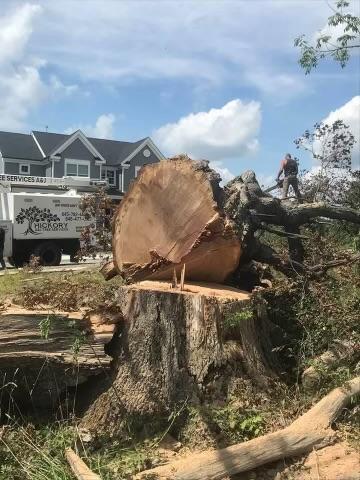


Completed
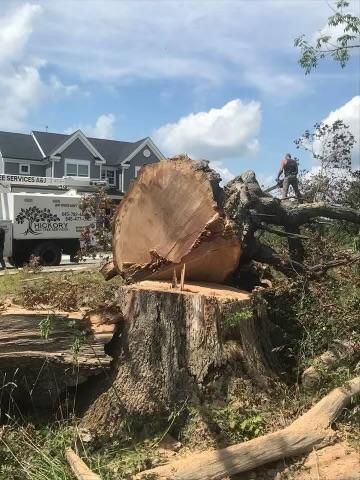
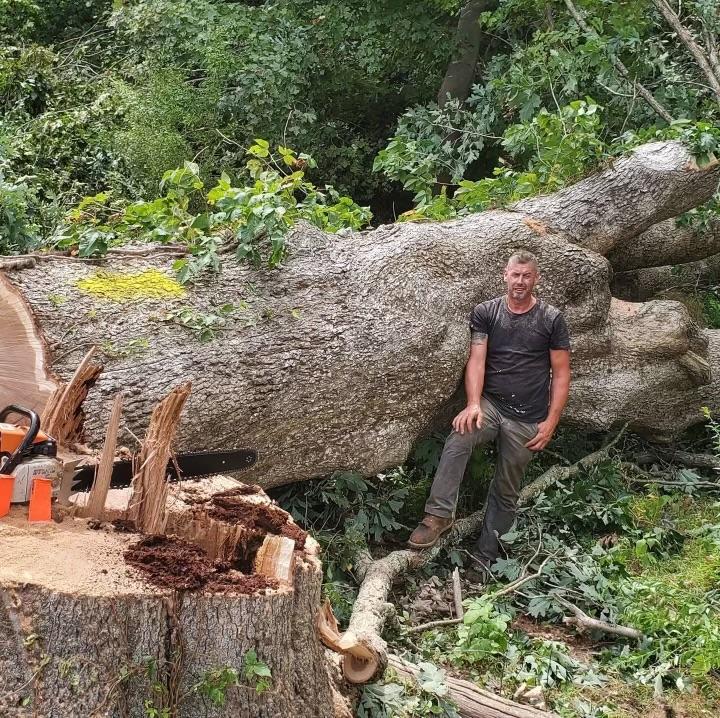

FAQ's
Frequently Asked Questions About
Q: Why is professional tree pruning necessary?
A: Professional tree pruning is necessary to maintain the health, safety, and aesthetics of your trees. Trained arborists have the expertise to identify and remove dead, diseased, or structurally weak branches, reducing the risk of accidents and enhancing the tree's overall health. Pruning also promotes proper growth, improves air circulation, and enhances the tree's natural beauty.
Q: How often should I have my trees professionally pruned?
A: The frequency of professional tree pruning depends on various factors such as tree species, age, health, and growth rate. As a general guideline, most trees benefit from pruning every 3 to 5 years. However, certain fast-growing or fruiting trees may require more frequent pruning. Consulting with a professional arborist can help determine the ideal pruning schedule based on your specific tree's needs.
Q: Can I prune my trees myself or should I hire a professional?
A: While minor pruning tasks such as removing small, dead branches can be done by homeowners, larger pruning jobs and those involving tall trees should be left to professional arborists. They have the knowledge, experience, and specialized equipment to safely and effectively prune trees without causing damage. Professional pruning ensures proper techniques, avoids unnecessary stress to the tree, and reduces the risk of accidents.
Q: Will pruning harm my trees?
A: When done correctly by skilled arborists, pruning does not harm trees. In fact, professional pruning promotes tree health and longevity. Arborists follow industry best practices, selectively removing only the necessary branches, and taking care to make proper cuts that facilitate healing. Improper pruning techniques or excessive branch removal, on the other hand, can cause damage or stress to the tree. That's why it's crucial to hire trained professionals for your tree pruning needs.
Q: What is the best time of year to prune trees?
A: The ideal time for tree pruning varies depending on the tree species and the specific objectives of the pruning. In general, pruning during the dormant season, such as late winter or early spring, is recommended for most deciduous trees. This timing allows the tree to heal wounds before the onset of vigorous growth in the spring. However, there are exceptions. Some trees, like certain fruit trees or flowering trees, may benefit from pruning immediately after flowering. Consulting with an arborist will ensure that your trees are pruned at the optimal time for their specific needs.
Contact Us
Service Hours
Social Media
FAQ's
Frequently Asked Questions About
Q: Why is professional tree pruning necessary?
A: Professional tree pruning is necessary to maintain the health, safety, and aesthetics of your trees. Trained arborists have the expertise to identify and remove dead, diseased, or structurally weak branches, reducing the risk of accidents and enhancing the tree's overall health. Pruning also promotes proper growth, improves air circulation, and enhances the tree's natural beauty.
Q: How often should I have my trees professionally pruned?
A: The frequency of professional tree pruning depends on various factors such as tree species, age, health, and growth rate. As a general guideline, most trees benefit from pruning every 3 to 5 years. However, certain fast-growing or fruiting trees may require more frequent pruning. Consulting with a professional arborist can help determine the ideal pruning schedule based on your specific tree's needs.
Q: Can I prune my trees myself or should I hire a professional?
A: While minor pruning tasks such as removing small, dead branches can be done by homeowners, larger pruning jobs and those involving tall trees should be left to professional arborists. They have the knowledge, experience, and specialized equipment to safely and effectively prune trees without causing damage. Professional pruning ensures proper techniques, avoids unnecessary stress to the tree, and reduces the risk of accidents.
Q: Will pruning harm my trees?
A: When done correctly by skilled arborists, pruning does not harm trees. In fact, professional pruning promotes tree health and longevity. Arborists follow industry best practices, selectively removing only the necessary branches, and taking care to make proper cuts that facilitate healing. Improper pruning techniques or excessive branch removal, on the other hand, can cause damage or stress to the tree. That's why it's crucial to hire trained professionals for your tree pruning needs.
Q: What is the best time of year to prune trees?
A: The ideal time for tree pruning varies depending on the tree species and the specific objectives of the pruning. In general, pruning during the dormant season, such as late winter or early spring, is recommended for most deciduous trees. This timing allows the tree to heal wounds before the onset of vigorous growth in the spring. However, there are exceptions. Some trees, like certain fruit trees or flowering trees, may benefit from pruning immediately after flowering. Consulting with an arborist will ensure that your trees are pruned at the optimal time for their specific needs.






